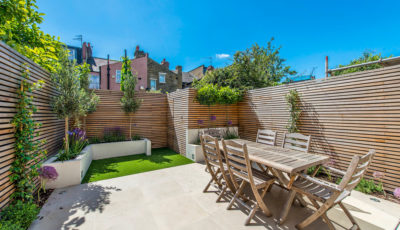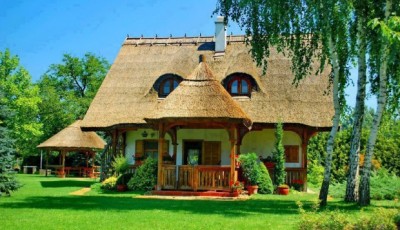5 Tips for Picking out Plants for Your Yard This Summer
It doesn’t matter how large or small your property is because every yard can become picture-perfect when the right kinds of plants are chosen to enhance your landscape. We all have individual taste in color, size, and variety of flowers and shrubs, and you can still make your yard pop with lushness and vibrancy. Whether you have an expert landscaper come in and plant them, or you do it yourself, here are five, can’t-go-wrong tips for picking out your summer plants.
1. Choose A Color Scheme
This is the fun part as color brings true beauty to any landscape and sets the tone for your property. Think of the process as decorating your interior home spaces and the impact a specific color brings to a room.
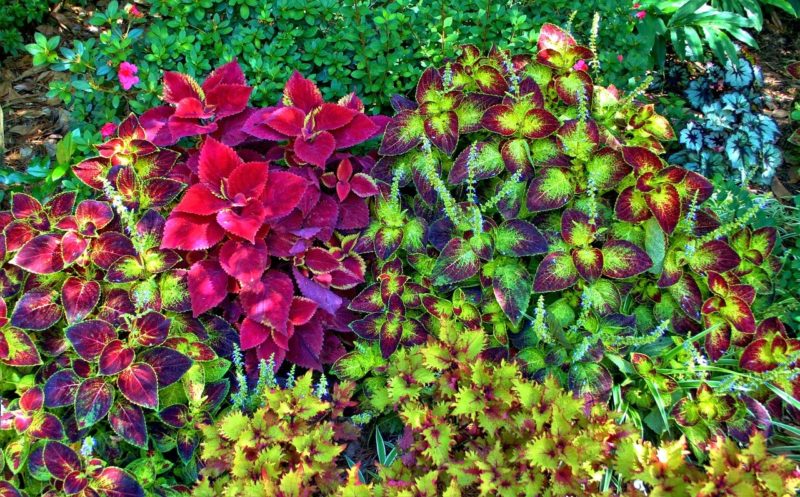
Some folks prefer a monochromatic setting and may choose all pink flowers and shrubbery that bears pink blooms. For others, they like seeing various pops of color throughout. Experts recommend no more than three colors in a single area.
2. Texture, Shape, Size Matter
Some of the most memorable yards and/or gardens feature a collection of unusual plant texture, shape, and size. You can get creative in designing the plants for your landscape layout.
The aim is not to group only same-size plants and species but to arrange different varieties in pleasing combinations that add interest to the eye, say experts at Cutting Edge Services, a landscaping service in Vancouver, WA.
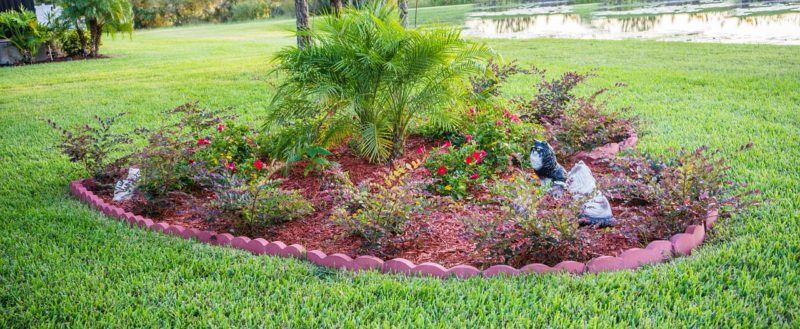
For instance, the perennial called Astilbe japonica Deutschland dazzles with showy plumes of tiny white flowers that grow out of the stem in small spires. This plant alone has an amazing texture, looks lovely in borders, and teams well with other moisture-loving plants like lobelia and hosta.
3. Consider The Seasons
Your property can wow the neighborhood year-round and deliver beauty through-out the four seasons. Let’s face it; not everything will be blooming every season, but that’s where planting dwarf trees and shrubs can add that awesome bold and feathery texture, sculptural interest, and greenery in the fall and winter seasons.
Foliage can add tremendous allure to a property. One gorgeous beauty is Chamaecyparis lawsoniana ‘Van Pelt’s Blue.’ It features a narrow, pyramidal form with stunning sprays of powdery blue foliage during winter.
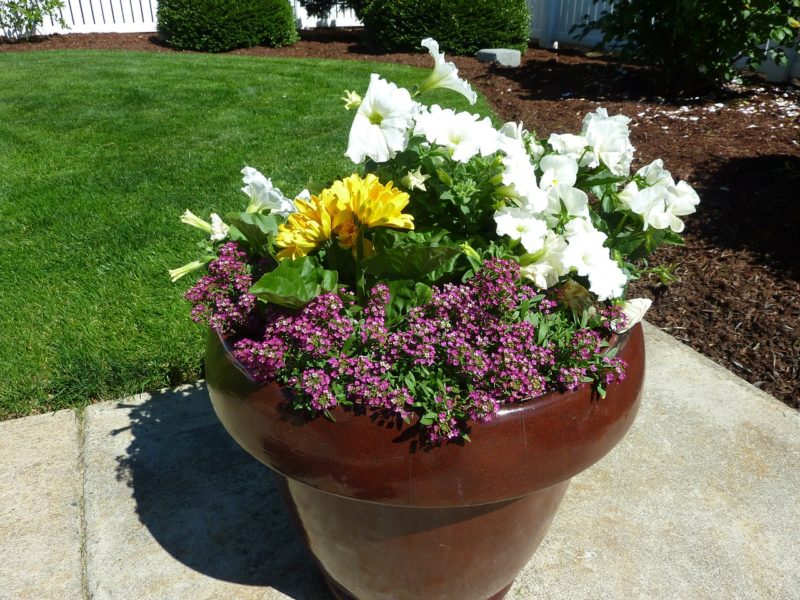
Even the bark on certain shrubbery and trees such as evergreens, red-twigged dogwood, and others adds visual interest to a landscape.
4. Sun Is A Factor
Many of us take the warmth of the sun for granted, but when it comes to planting and maintaining healthy, beautiful flowers, location is everything. Each plant is unique and has basic necessities for growing properly and thriving, and the sun plays a huge role. Take the time to observe which areas of your garden get the most sun and which get the least to design the ideal garden paradise.
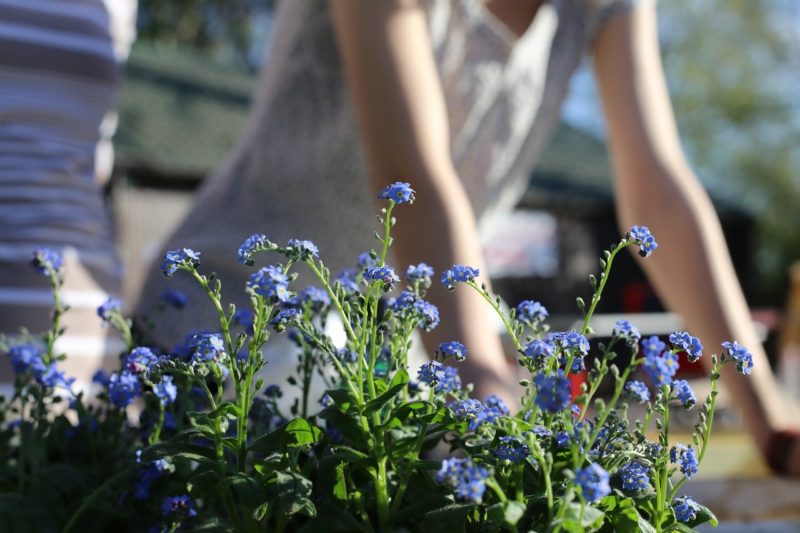
Some flowers like showy hydrangeas with their eye-popping large blooms don’t need much sunlight, just a bit in the morning. Begonias also prefer a shady spot to grow in, and colorful impatiens are also one of the most shade-tolerant plants around, and there are more than one thousand species available.
Geraniums, on the other hand, require four to six hours of full sun a day to keep their bright, round flower heads.
5. Know Your Zone
The U.S.D.A. Plant Hardiness Zone was developed for a reason. It is seen as the gold standard for gardeners and growers to determine which plants are most likely to thrive at a location.
If you head to the USDA.gov website, you will find a zone map to learn about your state’s particular plant growing zone.
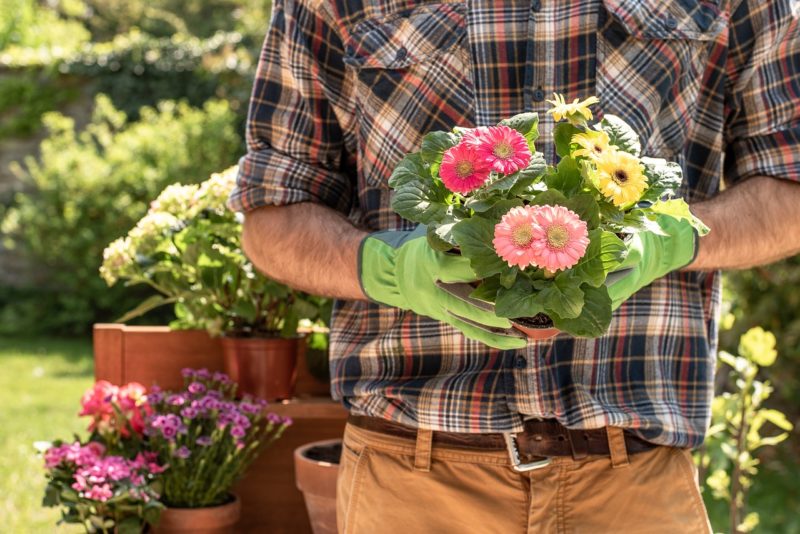
For instance, if you reside in the southern part of the country, you’re usually located in Zone 8, one of the warmest plant hardiness zones. Flowers well suited for Zone 8 gardens include the Asiatic lily, hardy geranium, lantana, Mexican petunia and phlox.
Most of us enjoy looking at gorgeous landscapes that seem to feature the perfect blend of plants with pops of vibrant color, unique texture, shape and size. Growing and maintaining plants doesn’t have to appear intimidating. You can do it if you follow a few guidelines, and you can always call in the landscape experts for that finishing touch.

